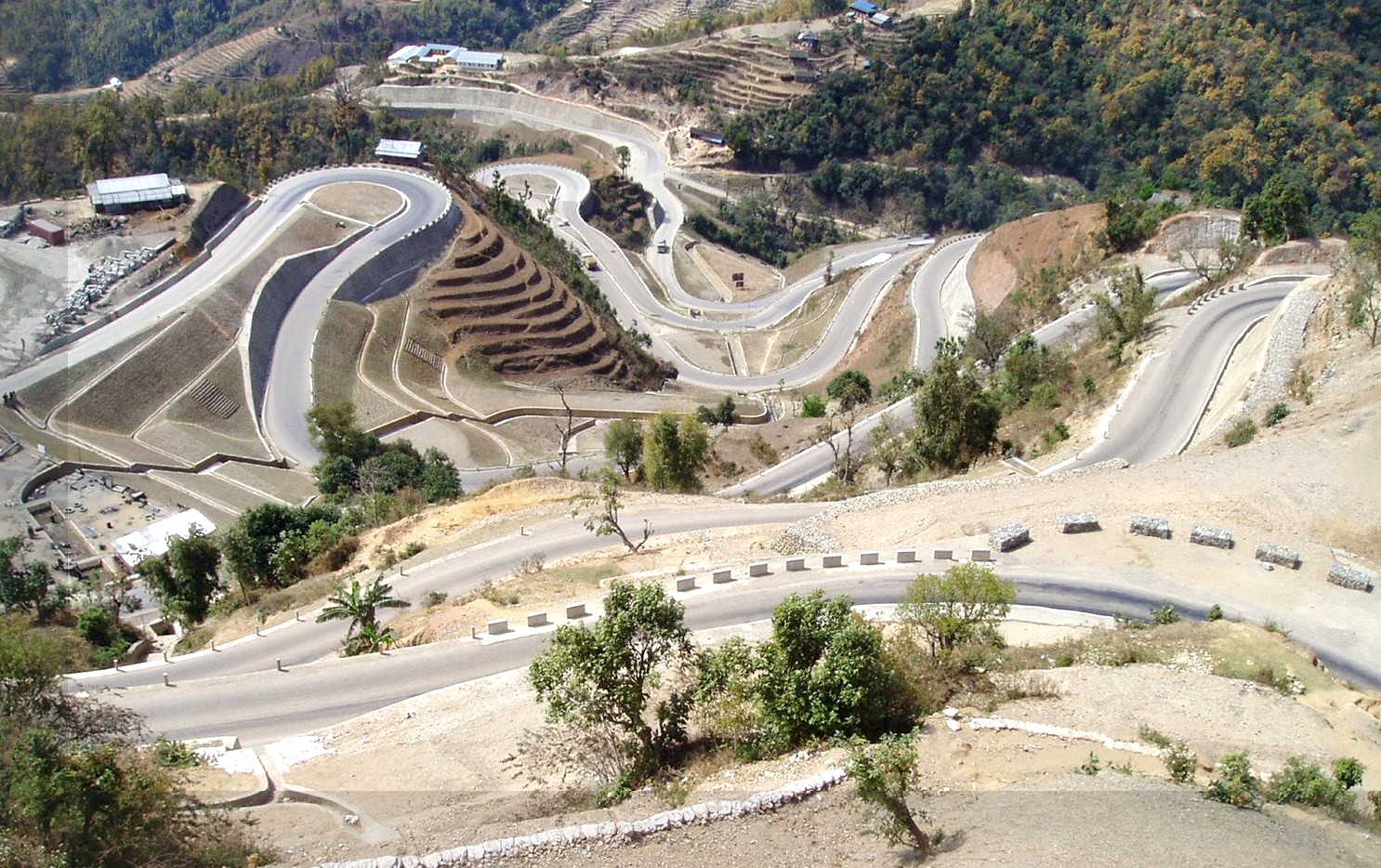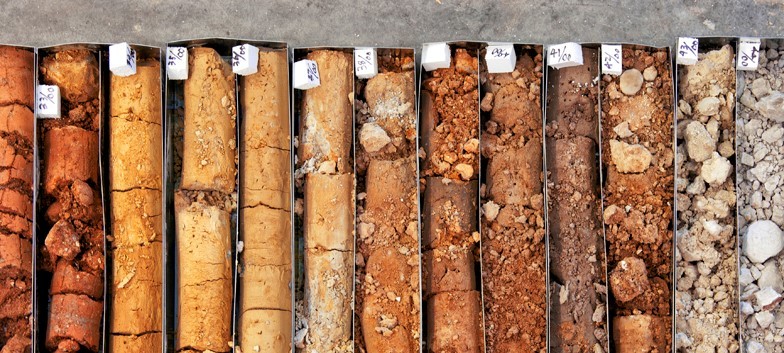Leading Consulting Civil Engineering Companies for Facilities Projects
A Comprehensive Evaluation of the Providers Offered by Consulting Engineers in the Field of Geotechnical Engineering: From Website Investigation to Project Execution
Consulting designers in geotechnical engineering play a pivotal role in the effective execution of construction tasks, starting with extensive site examinations that reveal critical subsurface conditions. Their proficiency reaches soil residential or commercial property analyses, ecological impact assessments, and the careful surveillance of job implementation, making sure placement with safety and sustainability standards. Each phase is interlinked, providing distinct obstacles and factors to consider that can dramatically influence task results. As we discover these essential solutions, it ends up being apparent that understanding their implications is crucial for effective job management and danger reduction. What details lie within each of these phases that demand our attention?
Value of Geotechnical Engineering
Geotechnical design is a critical technique that underpins the safety and security and sustainability of civil facilities jobs. By comprehending the mechanical behavior of soil and rock products, geotechnical designers examine the viability of websites for various constructions, consisting of buildings, bridges, and dams. This basic analysis guarantees that frameworks can withstand ecological variables and lots without experiencing failure.
The value of geotechnical design extends past mere structural safety and security; it additionally incorporates environmental stewardship. Appropriate geotechnical analyses add to reducing the environmental influence of building and construction. Through careful evaluation of soil residential or commercial properties and groundwater conditions, designers can design structures and keeping frameworks that reduce risks such as erosion and landslides, advertising lasting security.
Additionally, geotechnical engineering plays a vital function in task expense management. geotechnical works. By identifying possible problems early in the layout phase, designers can advise ideal options, hence avoiding costly delays and redesigns during building and construction. This positive approach not just boosts task effectiveness however additionally dramatically decreases threats related to unforeseen site problems
Site Investigation Methods
Efficient site examination techniques are essential for gathering precise information about subsurface conditions prior to construction. These strategies promote the understanding of the geological and hydrological environment, which is crucial for making certain the stability and safety and security of recommended frameworks.
Common methods employed in site investigations include borehole exploration, which allows designers to extract dirt samples at numerous midsts, providing insights right into stratification and product types. On top of that, geophysical surveys, such as seismic refraction and electrical resistivity, deal non-invasive means to examine subsurface qualities over larger locations. These approaches can help identify anomalies without extensive excavation.
Test pits are one more beneficial technique, supplying straight observation of dirt layers and allowing in-situ screening. geotechnical works. This technique is specifically helpful for superficial excavations and can assist analyze groundwater degrees. In addition, cone penetration examinations (CPT) are progressively made use of, as they give continuous profiles of dirt resistance, which helps in figuring out dirt toughness and layering.
Each of these methods plays an important duty in establishing a comprehensive understanding of site conditions, enabling consulting engineers to make informed choices and recommendations throughout the task lifecycle. Precise information collection during the website investigation phase is crucial to mitigating dangers and making sure successful project application.
Soil Building Analysis

The assessment procedure commonly entails a combination of research laboratory tests and field examinations. Key properties internet such as shear toughness, compressibility, leaks in the structure, and wetness content are assessed to establish the dirt's viability for construction functions. Typical examinations, consisting of the Atterberg limits, Proctor compaction, and triaxial shear tests, are find out this here generally used to collect information on soil actions.
In addition to these tests, in-situ approaches such as the Standard Penetration Test (SPT) and Cone Infiltration Test (CPT) provide valuable insights right into soil stratigraphy and thickness. The results of these evaluations educate engineers about possible challenges, such as soil liquefaction or negotiation, enabling them to devise ideal mitigation methods.
Environmental Impact Assessment
Ecological influence examination plays a critical role in the preparation and execution of engineering projects, especially in geotechnical engineering. This procedure includes analyzing the potential environmental effects of proposed tasks on dirt, water, air quality, and surrounding ecosystems. Consulting engineers use different methods, consisting of site evaluations, modeling, and area studies, to identify and measure these influences.
The analysis commonly starts with the recognition of baseline ecological problems, which serves as a reference for predicting possible modifications. Engineers analyze aspects such as disintegration, groundwater contamination, and environment interruption, ensuring that all appropriate environmental policies and guidelines are followed throughout the task lifecycle. Stakeholder engagement is likewise an important component of the assessment procedure, as it fosters interaction in between job designers, regional neighborhoods, and regulative bodies.
Moreover, reduction strategies are created to deal with recognized influences, enabling engineers to suggest choices or modifications to predict layouts that enhance sustainability. This proactive approach not only lessens adverse effects on the environment however also advertises public depend on and compliance with environmental regulations. Inevitably, effective ecological effect evaluation reinforces the total integrity and stability of geotechnical engineering jobs, sustaining accountable advancement practices.
Job Application and Surveillance

Surveillance is an important component of job implementation. Designers use different methods, such as instrumentation and field examinations, to analyze dirt behavior and structural feedbacks in real-time. This continual tracking makes it possible for the identification of any kind of inconsistencies from anticipated performance, permitting timely treatments to alleviate dangers.
In addition, seeking advice from engineers maintain open communication with service providers and stakeholders throughout the process. Routine website assessments and report card guarantee that all parties are notified regarding project condition and any type of arising issues. By fostering collaboration and transparency, speaking with engineers promote a more effective application process, consequently boosting task end results.
Inevitably, reliable job application and surveillance not just copyright security and high quality standards yet likewise add to the general success of geotechnical tasks, ensuring they meet their intended functions sustainably and responsibly.

Final Thought
In final thought, the role of getting in touch with designers in geotechnical design incorporates a vital sequence of solutions that ensure task success. From comprehensive website examinations to comprehensive dirt residential or commercial property evaluations and ecological effect evaluations, these experts lay the groundwork for safe and sustainable construction practices. Constant surveillance during job execution better assures architectural honesty and stakeholder communication. Inevitably, the complex payments of getting in touch with designers are vital in resolving the complexities of geotechnical obstacles in modern design projects.